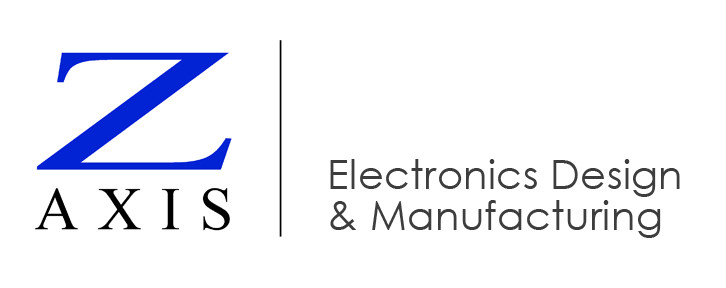Custom Cable Assembly Video
This custom cable assembly video explains why, when evaluating a contract manufacturer for PCB assembly or box build services, it’s important to consider their capabilities for wire harness and cable assembly as well.
It’s possible to do low-volume and prototype wire and custom cable assembly production with hand tools. But for mid to high volumes, automation reduces labor costs and production time, and delivers more consistent quality. It requires a significant investment in equipment.
Custom Wire Harness Production
For a simple wire harness, a programmable “cut & strip” machine quickly cuts wires and strips insulation from the ends, and a crimper adds terminals onto the stripped end. Alternatively, a ferule crimp press strips the wire and crimps on a ferule in one operation, with a vibratory feed system for loose-piece ferrules.
Crimps and ferules prevent the individual strands of a multi-strand wire from splaying out when the wire is inserted into a connector housing, terminal block, or printed circuit board. This yields more reliable connections. There are thousands of styles of crimps, ferrules and connectors. If your manufacturing partner has an in-house design team, they can help you choose the right type of wire, cable and connector for your product.
Cable Jacket Strippers
A cable jacket stripper can be programmed to accommodate many types of cables. It is optimized for co-axial, tri-axial, and other multi-layered cable stripping in up to nine layers. For example, this cable has several insulated wires inside another layer of insulation, a wire mesh shielding, and an outer insulation layer.
Strain Relief
Strain relief techniques force the bending motion of the wire or cable to occur away from the solder connection, so that stress on the wire or cable during normal use will not damage the connection.
For single wires and simple wire harnesses, the crimp or ferrule may have a tab that clamps on to the insulation to provide strain relief.
Another technique is over-molding. The cable assembly is placed into a mold and resin is injected into the mold, encasing the cable and connector. Overmolding provides strong and water-resistant strain relief. The main drawback is the up-front investment needed to design and build the mold. With a low-temperature, low-pressure injection molding press, we can use an aluminum or 3D-printed mold inserts, making overmolded strain relief an economical option for any volume.
Other strain relief techniques include backshells: commercial, off-the-shelf parts that slide onto to the cable and are tightened onto the connector. They are great for low-volume production, but can cost from $1 each to $50 each for military grade parts.
Heat shrink tubing can also provide strain relief, and with the ability to screen print on the tubing, it can serve double duty as cable identification.
Custom Cable Assembly Testing
Manufacturers can use a variety of test equipment for quality and process control. A Cable-Eye PC-based Cable Test System checks continuity from cable to ferules, confirming there is a good crimp on the ferules and no shorts in the soldering or breaks in any wire, and that all the wires are going to the correct place. The test bed can accommodate a wide range of connectors.
Automated Equipment Reduces Labor Cost, Improves Throughput and Quality
It can take a significant equipment investment to automate the various wire and cable assembly processes. Contract manufacturers who have made this investment can offer you lower labor costs, higher throughput, and more consistent reliability of your electronic product.
Learn more about custom cable assembly services in the USA.
Learn More About Custom Wire Harness and Cable Assembly Services at Z-AXIS
